Quantum physics, the study of the universe on an atomic scale, gives us a reference model to understand the human ecosystem in the discrete individual unit. It helps us understand how individual human behavior impacts collective systems and the security of humanity.
Metaphorically, we can see this in how a particle can act both like a particle or a wave. The concept of entanglement is at the core of much of applied quantum physics. The commonly understood definition of entanglement says that particles can be generated to have a distinct reliance on each other, despite any three-dimensional or 4-dimensional distance between the particles. What this definition and understanding imply is that even if two or more particles are physically detached with no traditional or measurable linkages, what happens to one still has a quantifiable effect on the other.
Now, individuals and entities across NGIOA are part of an entangled global system. Since the ability to generate and manipulate pairs of entangled particles is at the foundation of many quantum technologies, it is important to understand and evaluate how the principles of quantum physics translate to the survival and security of humanity.
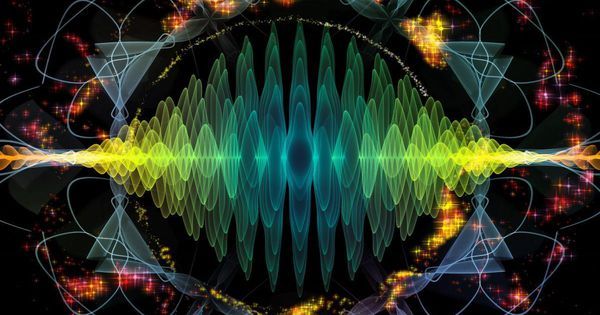
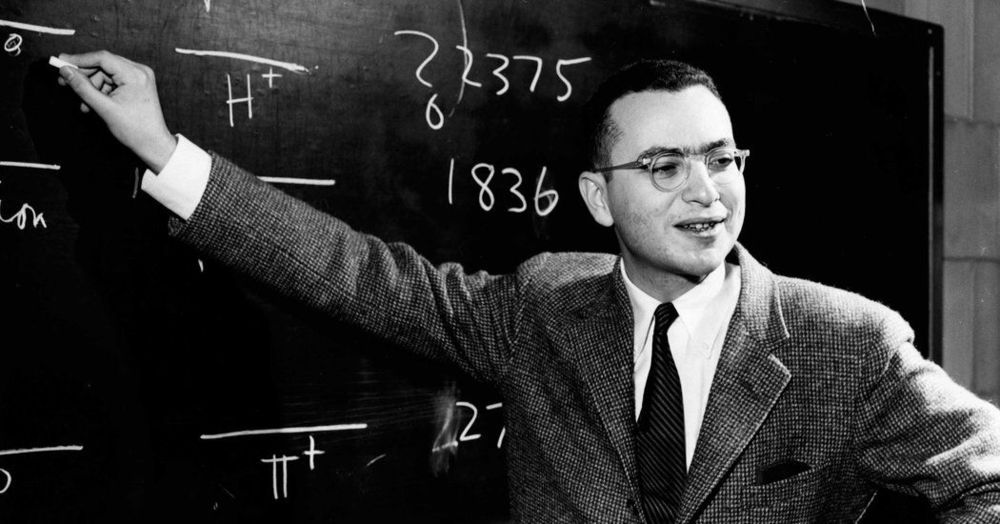
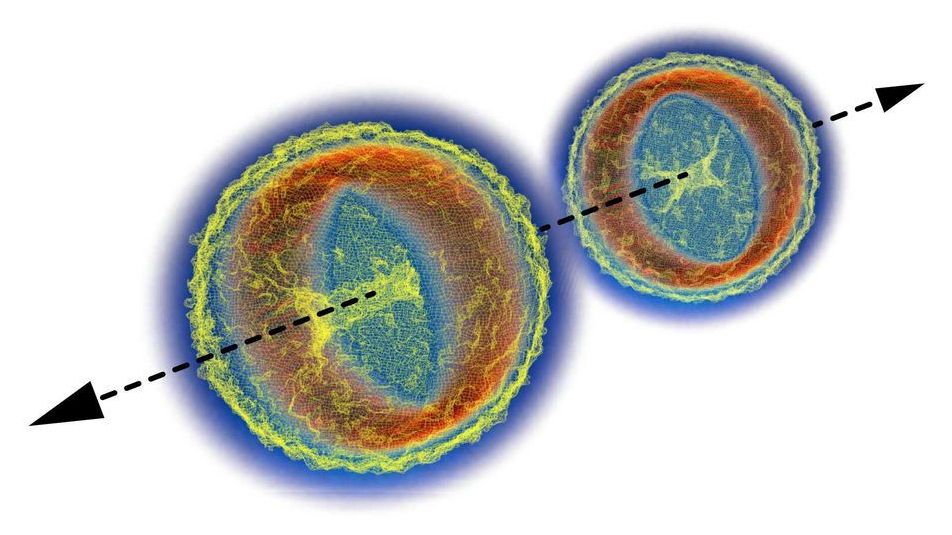
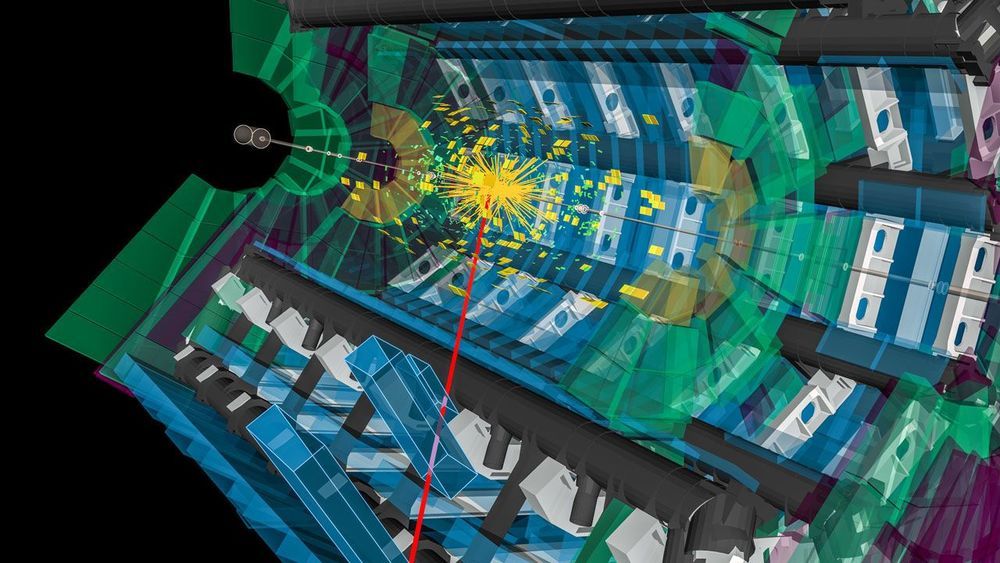
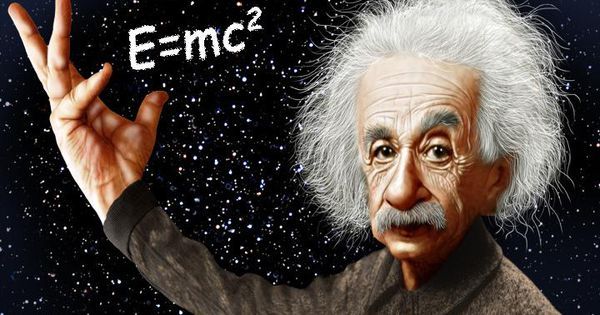
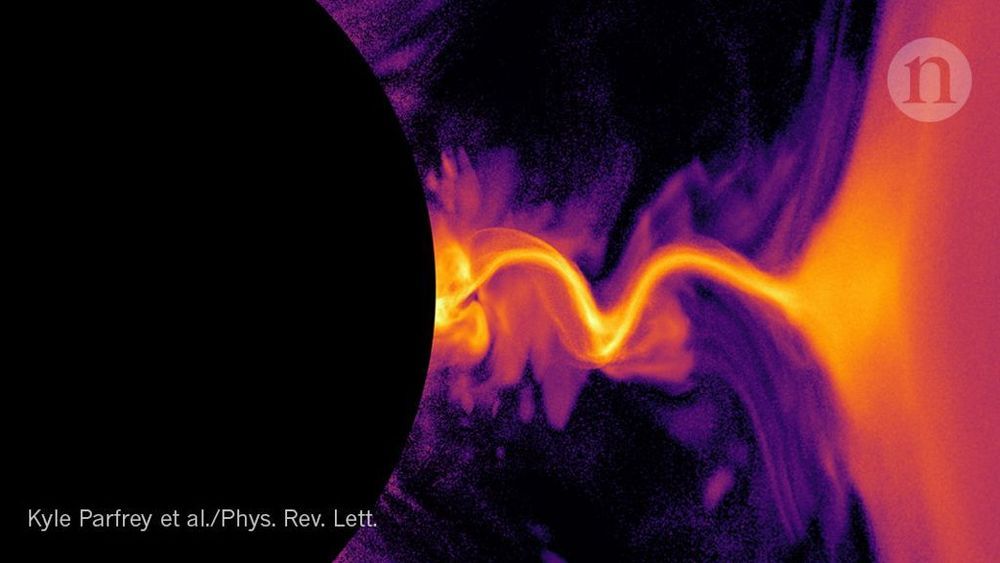



 Gamma radiation is the most penetrating and energetic form of nuclear radiation. To
Gamma radiation is the most penetrating and energetic form of nuclear radiation. To 